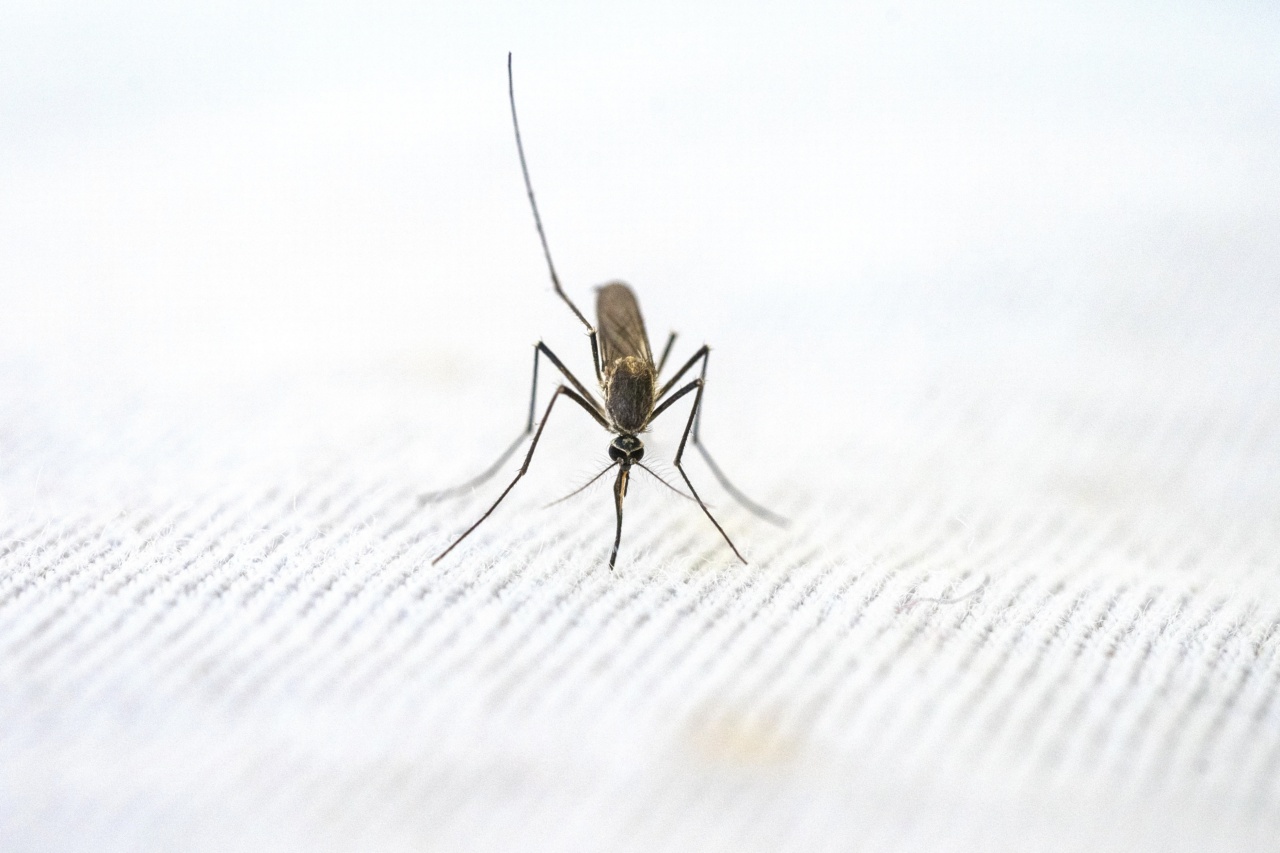Malaria is a life-threatening mosquito-borne disease caused by the Plasmodium parasite. It is transmitted to humans through the bites of infected female Anopheles mosquitoes.
The symptoms of malaria typically include fever, chills, headache, and body aches. If left untreated, malaria can lead to severe complications such as kidney failure, seizures, coma, and even death.
How Does Malaria Parasites Enter Our Blood Cells?
Once the infected mosquito bites the human host, the Plasmodium parasites enter the bloodstream and travel to the liver.
In the liver, the parasites multiply and mature into thousands of merozoites, which then enter the bloodstream and invade red blood cells (RBCs). Inside the RBCs, the parasites feed on hemoglobin (the protein that carries oxygen in RBCs) and multiply rapidly. This stage of the infection is responsible for the symptoms of malaria.
What Happens To The Infected Red Blood Cells?
As the malaria parasites feed on hemoglobin, they produce toxic waste products that cause the RBCs to stick together and block small blood vessels.
This leads to a reduction in blood flow and oxygen supply to the affected organs, which can cause damage and dysfunction. The sticky RBCs also interact with cells lining the blood vessels and trigger an inflammatory response, which further exacerbates the disease symptoms.
Why Trapping Malaria Parasites in RBCs Could Be Beneficial?
One approach to treating malaria is to prevent or reduce the ability of the parasites to infect RBCs. This can be achieved by trapping the parasites inside the RBCs and preventing their release into the bloodstream.
Several studies have shown that this strategy can reduce the severity of the disease and improve patient outcomes.
How Can We Trap Malaria Parasites in RBCs?
One way to trap the parasites is to modify the RBCs so that they become less sticky and more resistant to infection.
This can be done by genetically engineering the RBCs to express proteins that interfere with the parasite’s ability to attach to the cell surface. Another approach is to use drugs that target the interactions between the parasite and the RBCs, such as heparin and other anticoagulants.
These drugs can prevent the formation of blood clots and promote the clearance of the infected RBCs from the circulation.
The Role of the Spleen in Removing Infected Red Blood Cells
The spleen is an important immune organ that filters the blood and removes damaged or infected RBCs. In malaria, the spleen becomes enlarged and hyperactive, as it tries to clear the infected RBCs from the bloodstream.
However, the excessive activation of the spleen can lead to its dysfunction and the development of severe anemia in some patients.
How Can We Enhance the Spleen’s Ability to Remove Infected Red Blood Cells?
Recent studies have shown that certain molecules, called complement proteins, can enhance the ability of the spleen to recognize and remove infected RBCs.
These proteins bind to the surface of the infected RBCs and mark them for destruction by specialized immune cells in the spleen. By targeting these complement proteins, it may be possible to enhance the clearance of infected RBCs and reduce the severity of malaria symptoms.
The Future of Malaria Treatment and Prevention
Over the past few decades, significant progress has been made in the development of vaccines, drugs, and other strategies to prevent and treat malaria.
However, the disease remains a major global health problem, especially in sub-Saharan Africa, where over 90% of malaria deaths occur. To achieve the goal of malaria elimination and eradication, it will be necessary to combine multiple approaches and technologies, including genetic engineering, immunotherapy, and advanced drug delivery systems.
Only through a concerted global effort can we hope to overcome the challenges posed by this deadly disease and ensure a healthy future for all.
Conclusion
Malaria remains a major public health concern worldwide, causing significant morbidity and mortality. The ability of the Plasmodium parasites to invade and multiply inside RBCs is a key factor in the pathogenesis of the disease.
Trapping the parasites inside the RBCs and enhancing their clearance by the spleen represent promising approaches to treating and preventing malaria. Further research is needed to develop safe and effective therapies that can be scaled up to reach the millions of people affected by this devastating disease.






























